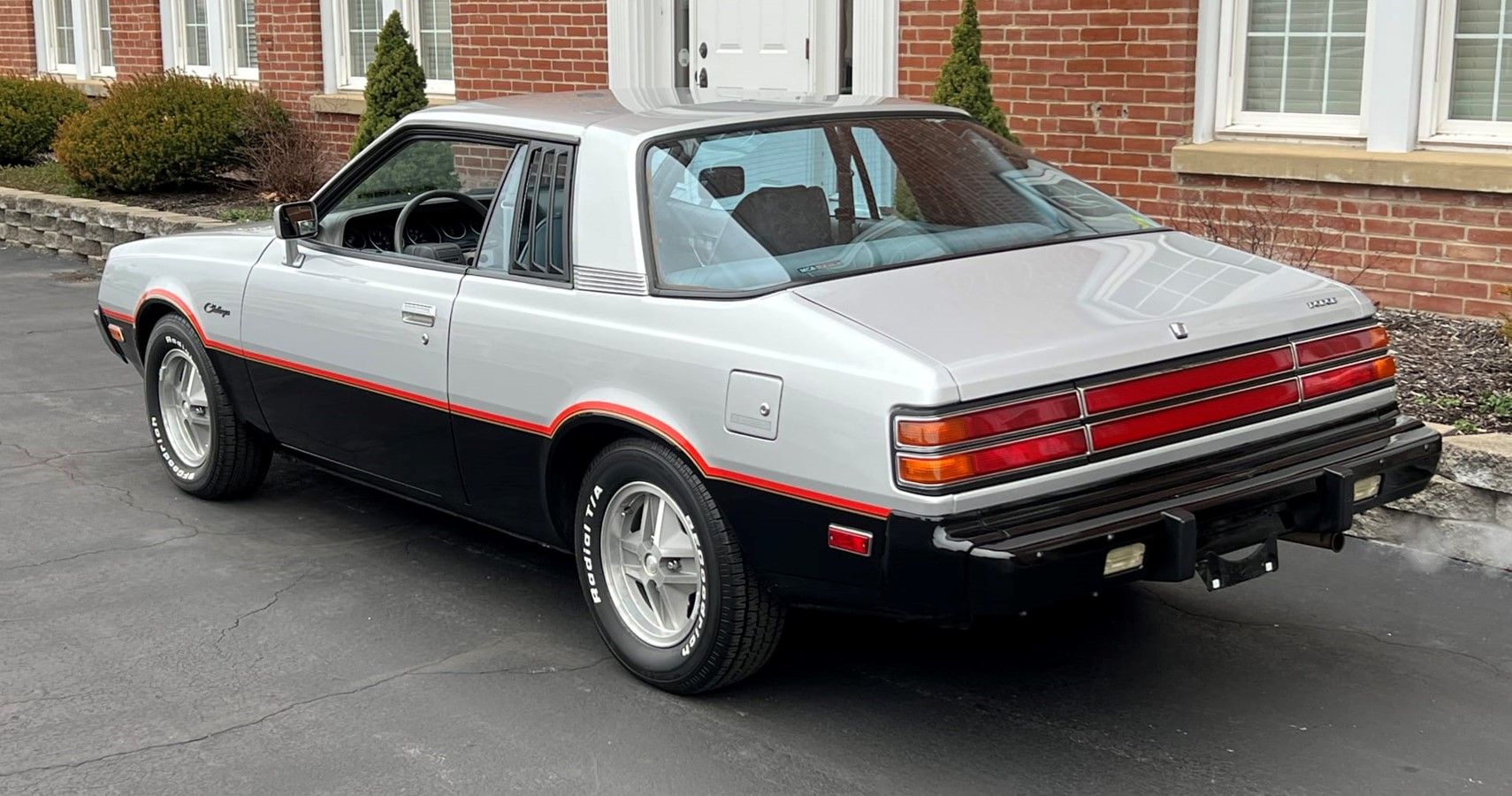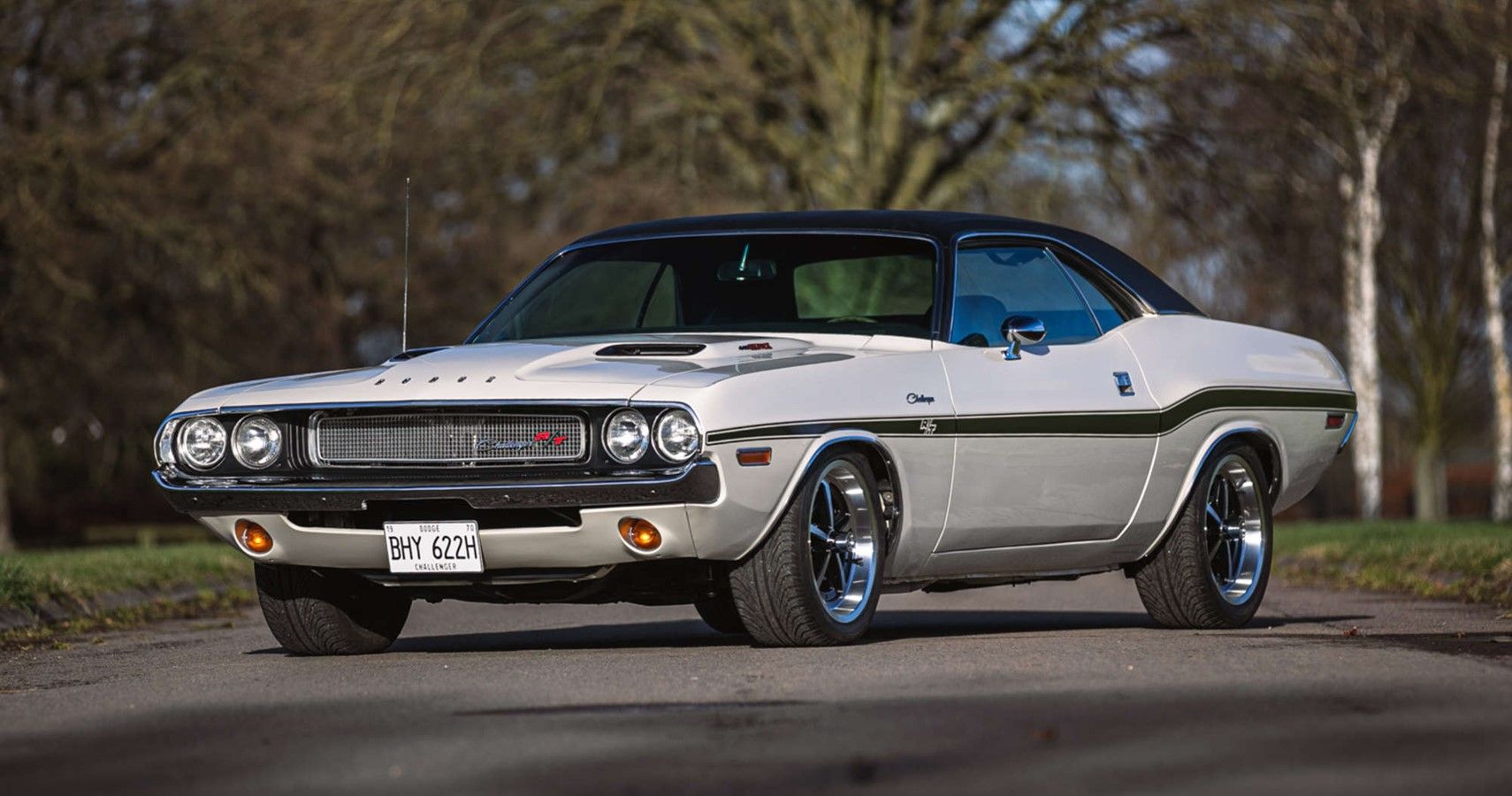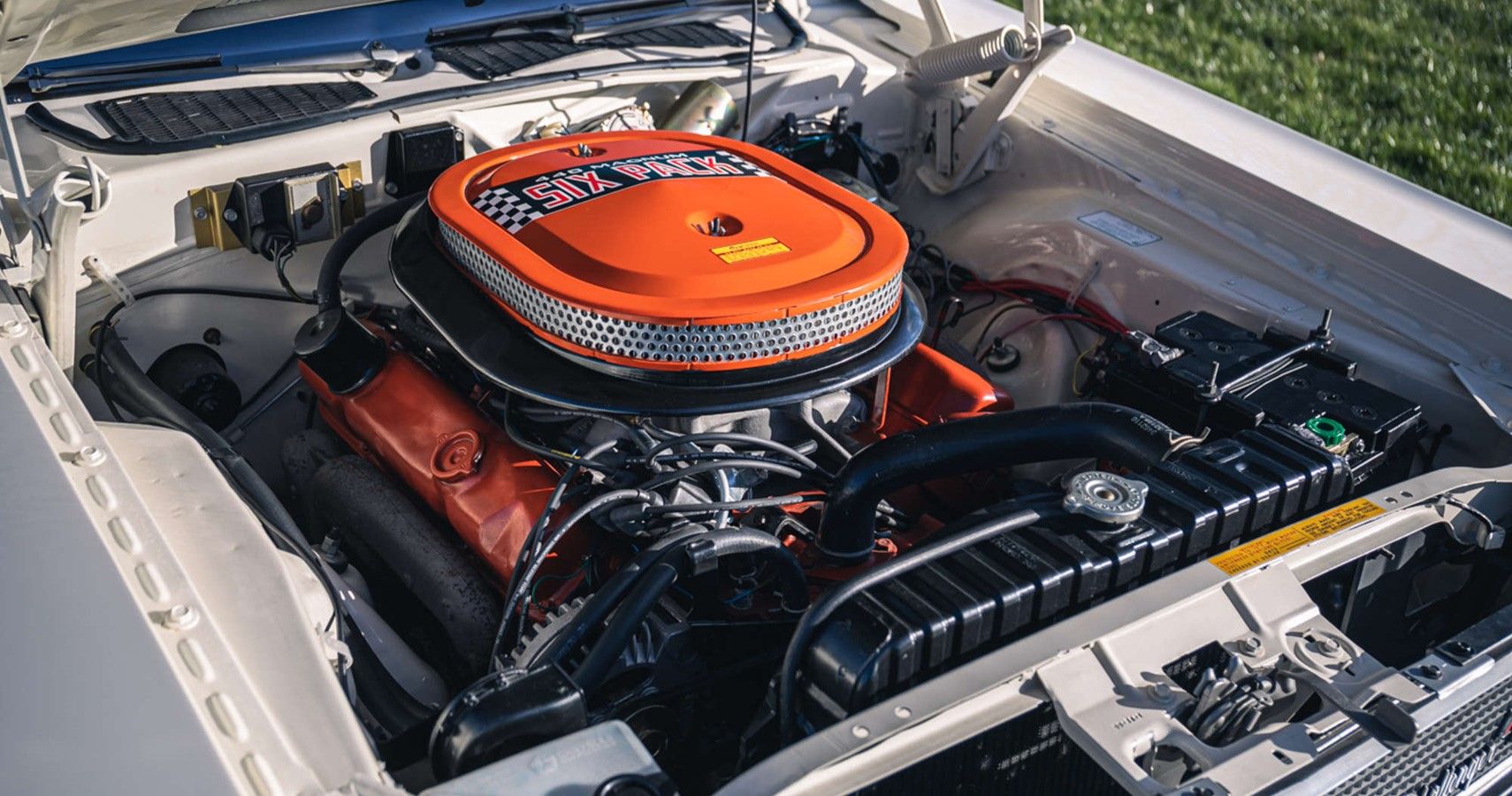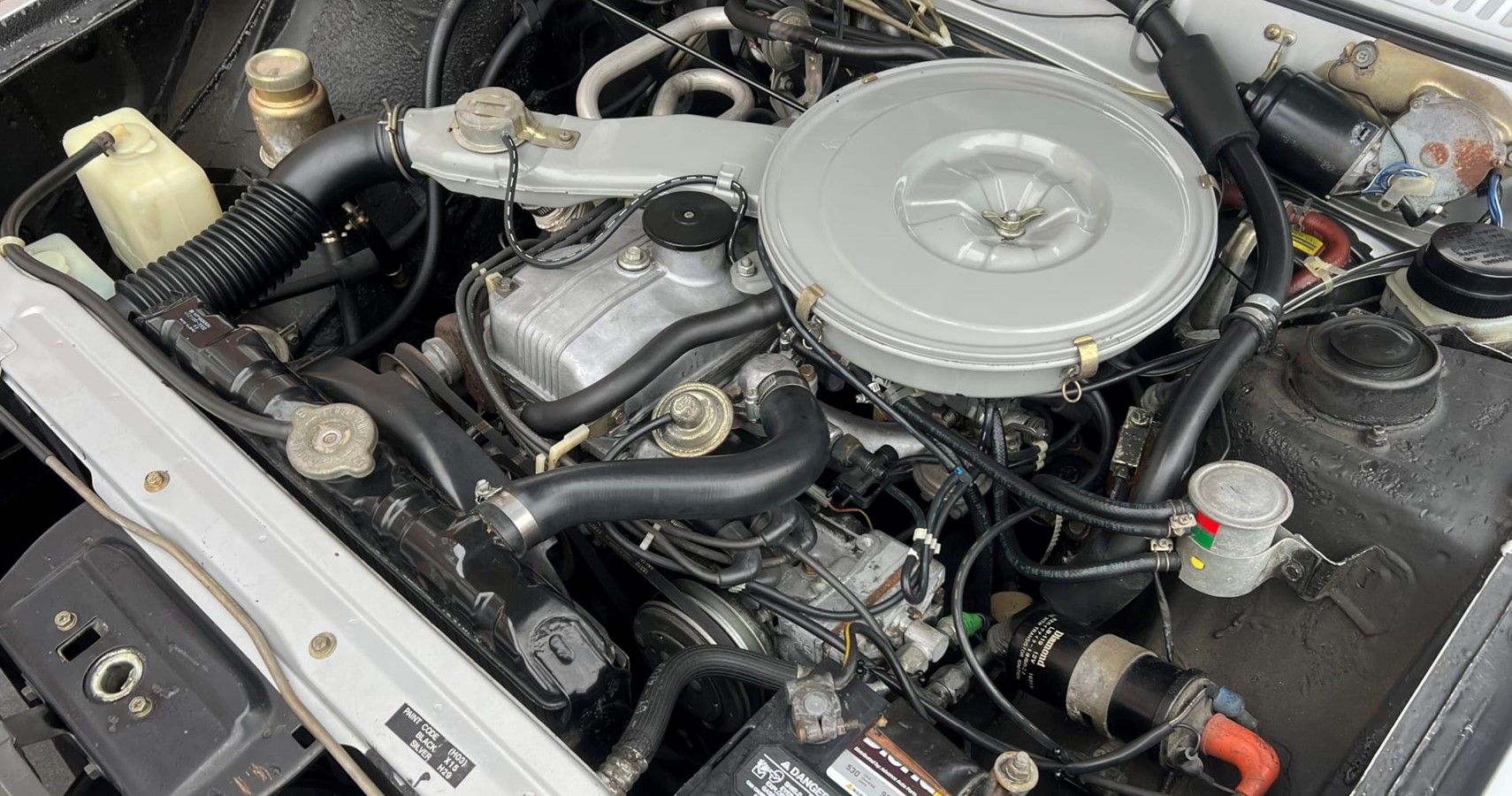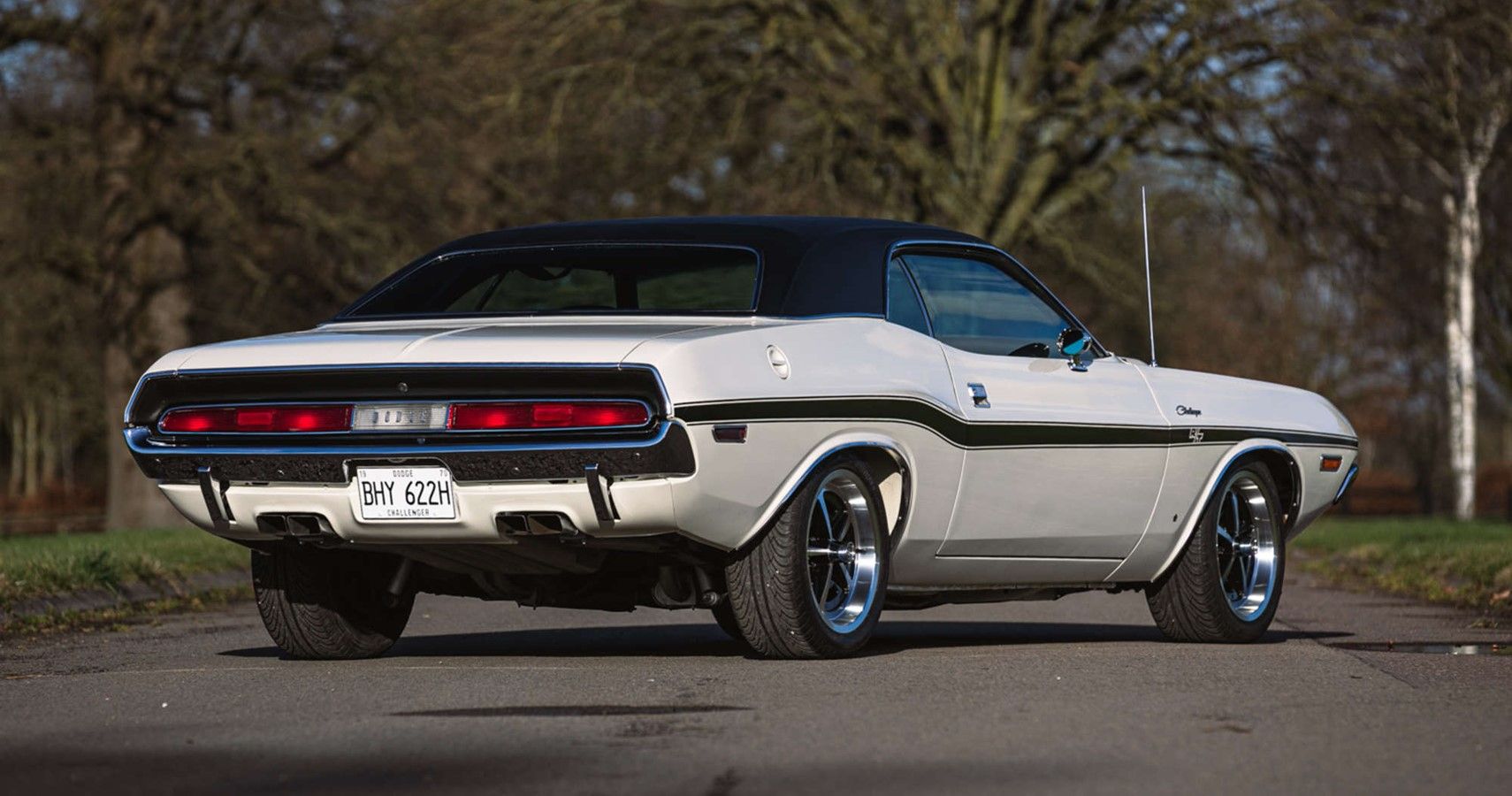the american muscle car is one of the most iconic subcategories in the car community. By far one of the most famous throughout muscle car history is the dodge Challenger. Here was a car that had a big V8 engine under the hood and had a big, brash, brash design that was a symbol for America in the 1960s and 1970s. Then came the second-generation Challenger, built between 1978 and 1983, which did not live up to the standards of its predecessor.
Of the three generations of Challengers that have gone into production so far, it’s safe to say that the late ’70s era of the iconic muscle car name didn’t live up to expectations. History has not been kind to her. But why is this a forgotten muscle car generation? And why is it contrary to the muscle car ethos that the Challenger represented? We thought it best to explore it and give a definitive answer.
The second generation Muscle Car Challenger was a rebranded Mitsubishi
The year is 1971. In the United States, the first generation Challenger is a commercial success. Then disaster. The oil crisis of 1971 took the world by storm and affected gas pumps terribly. So much so, a fuel shortage hit the market and people ran out of gas to fill their monstrously powerful V8 machines. Suddenly, having the original Challenger with its nine different trim options and variety of powerful engines didn’t make sense, both for the consumer’s wallet and the manufacturers’ business interests. Something had to be done.
Dodge responded by taking the Challenger off the market entirely. Gone was one of the ultimate icons of the muscle car brand, as it seemed silly to own a thirsty big-block V8 at a time when fuel was either too expensive or unavailable. That was until 1978, when Dodge announced the successor to the original Challenger.
However, almost immediately the differences between the two Challenger eras were stark and too apparent to ignore. Not only was it smaller and less brash in its styling, but behind the closed doors of Dodge’s business department was a startling revelation: the new Challenger was a Mitsubishi Galant Lambada under the skin.
In order to meet new fuel economy standards to combat the oil crisis, Dodge partnered with Japanese manufacturer Mitsubishi to establish a new fleet of fuel-efficient vehicles. And so, when it came to relaunching the iconic Challenger name, the Japanese-made Galant Lambada was imported and modified and renamed to become the Dodge Challenger. And that’s it. The result, while good for the bank account, was underwhelming for anyone expecting a full muscle car experience.
The 1978 Challenger lacked power compared to the first generation Muscle Car
One of the main reasons why the second-generation Challenger was by no means a muscle car was simply due to its displacement and power figures (or lack thereof, to be exact). Being a rebadged Mitsubishi import meant it didn’t have the most impressive powertrain available.
To prove what we mean, we need to look at the stats and specs of both the first and second generation Challenger, comparing the highest trim option available at the time. The original 1970 Dodge Challenger R/T Hardtop Hemi 4-speed had a naturally aspirated 7.0L V8 engine. This 16-valve block had a factory output of 425 hp at 5,000 rpm, and thanks to the enormity of displacement it had an astonishing 489 ft-lbs of torque to produce. Even though the muscle car weighed 3649 pounds, the giant power under the hood meant that the Challenger could shift; it was a really fast car for its time.
Then came his successor. From the start, the range of trim options and engine varieties was limited compared to the original Challenger. Anything between a 1.6 liter 4 cylinder (making 78 bhp) and a 2.6-litre engine was available, making it one of the smallest engines to be fitted to a production car at the time. However, the highest spec available – the 2.6-litre inline-4 5-speed – only produced a dismal 105bhp. at 5000 rpm. And while it weighed less than the Genesis, with a curb weight of just 2725 pounds, it had so little grunt that it produced just 138 ft-lbs of torque.
The late 70’s Challenger had only minimal fuel economy and a lack of speed
But the worst by a mile was its fuel consumption. You’d think a smaller engine with less weight in a smaller body would help, but no. The The 2.6-liter inline-4 version of the second-generation Challenger had a combined fuel economy of only 9 miles per gallon. It was underwhelming and made me question why Dodge even made the decision to ditch the V8 all together in its Challenger range at the time.
What is clear is that the original Challenger was, and remains, the classic definition of a muscle car: it ticks the box for big power available with a proper manual gearbox. You, the driver, can accelerate and decelerate the huge displacement under the hood, and you can hear and experience the roar of the V8. The second generation, however, offered nothing like this. It was slow, still too heavy and no better on the bank account thanks to miserable fuel economy. But above all, it lacked the beating heart – the soul – of a real muscle car: a V8 engine.
Dodge’s second-generation Challenger lacked muscle car styling
If the lack of power and ease on the wallet wasn’t convincing enough, the second generation Challenger’s lack of “muscle car” styling is the cherry on top. While the first Challenger (and its later facelift variants) had a long hood, short rear deck, flares and hood nostrils to help cool the monstrous V8 underneath, its successor did not none of that
Gone was the big, brash, brash design and in its place was a sensible, small, practical commuter car. The lack of resemblance between the original model and the late 70’s/early 80’s model is immense. While you look at the BMW E28 and BMW E34 5 Series (and you can spot signature elements that do it a 5 Series), the same cannot be said for this era of Dodge Challengers. It’s shorter, has a distinct lack of classic chrome (which would give it a flared look), and generally looks nothing like a long, muscular car.
Obviously, Dodge’s commercial design was to move away from the muscle car community and target the successor to a new audience; those traveling in a Toyota Celica or Honda Prelude. In other words, the second-generation Challenger became less of a muscle car and more of a practical daily commuter; the very antithesis of what a muscle car should be.
A muscle car, as the original Challenger proved, is all about brash designs, huge bubbling V8s, quarter-mile runs away from the lights. It’s the vehicles defiance against the norm of the common commuter car, wrapped in cheeky shades of red, green, orange and brighter than jewelry. That, in a nutshell, is the exact opposite of what the second-generation Challenger stands for, and while it may sport the muscle car “Challenger” badge, nothing could be further from the truth.



